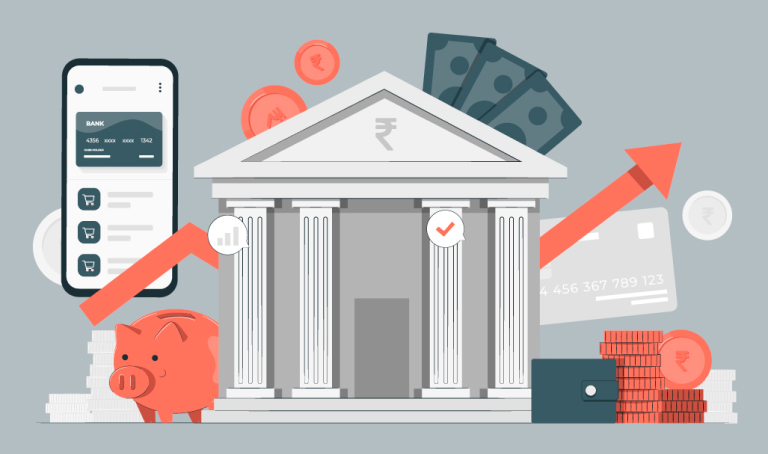How Microfinance Services Vary Worldwide
With such solutions gaining momentum, borrowers usually underestimate the importance of a global search for the right tool. This way, you can get the best deal and benefit from microfinance more. Stay tuned for more!
Microfinance in Developed vs. Developing Countries
In several instances, microloans and related services serve as a stepping stone for solo entrepreneurs, small business owners, and other categories of customers, letting them realize their professional vision and turn into a money-earning machine. However, they are flexible and versatile to comply with a local technological, cultural, and economic environment. Let’s highlight the key differences between microfinance solutions in these countries.
Aspect | Developed Countries | Developing Countries |
Main Purpose | Business expansion, innovation funding, credit building | Poverty alleviation, financial inclusion, survival entrepreneurship |
Loan Amounts | Higher amounts, structured repayments | Small-scale loans, flexible terms |
Interest Rates | Lower due to access to traditional banks and regulations | Higher due to risk and lack of alternatives |
Access to Banks | More options for traditional loans | Many borrowers lack access to formal banking |
Technology Use | Digital banking, AI-based credit scoring, fintech integration | Mobile money, informal group lending, community banking |
Loan Repayment | High repayment rates due to financial stability | More unpredictable repayments due to income fluctuations |
Regulations | Strict government oversight, consumer protection laws | Less regulation, but sometimes high-interest microlending |
Typical Borrowers | Startups, small business owners, freelancers | Farmers, street vendors, artisans, women entrepreneurs |
Collateral Requirements | Credit history, business assets, personal guarantees | Often none, relies on trust and group lending |
Regardless of the highlighted differences, this industry matters in both worlds:
In developed countries, it helps small businesses grow. At the same time, it provides a crucial alternative to traditional loans, supporting innovation and competition.
In developing countries, these services are an irreplaceable power that fosters financial independence and empowers locals to reach greater horizons. Of course, it is a great way to access capital in regions with limited traditional banking coverage.

Technology and Digital Banking in Microfinance
This way, lenders contribute to the market’s development and take the quality of the provided services to the next level:
Speed — your application tends to be handled faster, which streamlines the overall experience — get it done in minutes instead of weeks, thanks to modern digital banking solutions in the microfinance industry worldwide.
Cost efficiency — digital transactions reduce the need for expensive brick-and-mortar bank branches and simplify access to such solutions in both developed and developing countries.
Security — with technologies like blockchain, you get a deal with minimized risks of fraud, unauthorized access to your data, and more.
In the long run, more challenges in digital microfinance are expected to be addressed, which will contribute to the general market’s sustainability and effectiveness. Here is how technological advancements impact microloans and other services globally.
Technology | Developed Countries | Developing Countries |
Mobile Banking | A convenient option but not essential | A game-changer, often the only access to financial services |
AI-Based Credit Scoring | Uses big data and advanced algorithms | Helps assess risk where formal credit history is lacking |
Blockchain & Cryptocurrencies | Emerging for secure transactions | Offers an alternative to unstable local currencies |
Fintech Platforms | Expands access to peer-to-peer lending and alternative funding | Enables microloans with low transaction costs |
Digital Wallets & Payments | A common choice alongside traditional banking | Essential for cashless transactions in unbanked regions |
Internet Banking | Widely used, but not a necessity for all borrowers | Limited by infrastructure and internet access |
The future trends in the field will be lacking without the following:
Decentralized Finance (DeFi) — these tools will come in handy as they help expand microfinance beyond traditional banking networks.
Smart Contracts — blockchain allows for fast, secure, and automated microloan disbursement, repayments, and other services.
Biometric identification — these features will boost the quality of the related AML and KYC policies in the industry.
Final Thoughts
Whatever challenges and future trends in global microficence might await us around the corner, paying attention to details and understanding the basics of the market’s operational capacity comes first. Ensure you know the main rules of microfinance — educate yourself more on the topic for more awareness and greater results in the field.
